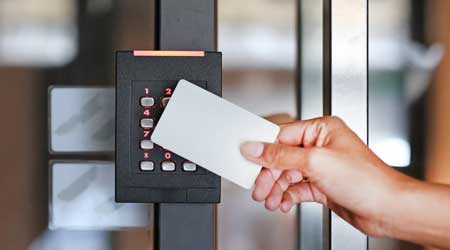
Four Hurdles on the Path to Smart Buildings
November 2, 2020
One smart device or piece of equipment can’t make a building intelligent. Instead, Internet of Things (IoT) devices are designed to serve as components that link together to form an intelligent building. When smart building systems are enabled to share specialized data through an open-source platform, they become collectively intelligent, and their effectiveness increases exponentially.
Let’s call this the rosy scenario.
In reality, specifying and implementing smart building technology presents managers with a host of potential missteps that can undermine the ability of the technology to deliver as intended, according to Forbes. Here are four such hurdles to consider:
Failing to design and implement an open architecture. Traditional building automation systems often have been implemented in a siloed manner using proprietary tools and protocols. As a result, data is encapsulated within disparate systems, making it onerous to acquire it for deeper analysis and enhanced decision-making.
Overlooking device lifecycle management. Wireless sensors in a smart building project often number in the hundreds or even thousands. Without a well-articulated strategy for managing device lifecycles from the outset, the operation of such large-scale networks is doomed to fail.
Not investing in multifunctional, repeatable infrastructure. By building a highly scalable and interoperable smart building network that can grow with emerging applications, managers can avoid being saddled with an obsolete, single-functional infrastructure later on.
Downplaying the challenge of in-building connectivity. The pervasiveness and readiness of wireless communications are poised to expedite the smart building revolution. Yet high-rise commercial buildings with concrete walls, steel/metal fire doors and complex structures present a hostile environment to many radio solutions.
Dan Hounsell is editor of Facility Maintenance Decisions.
Next
Read next on FacilitiesNet












